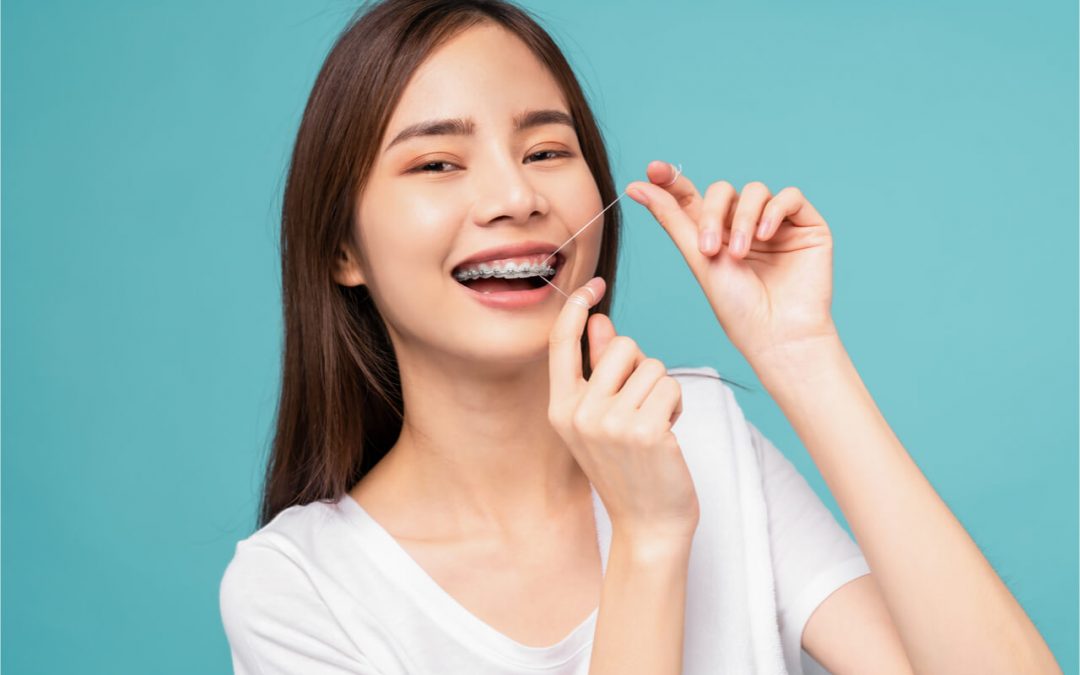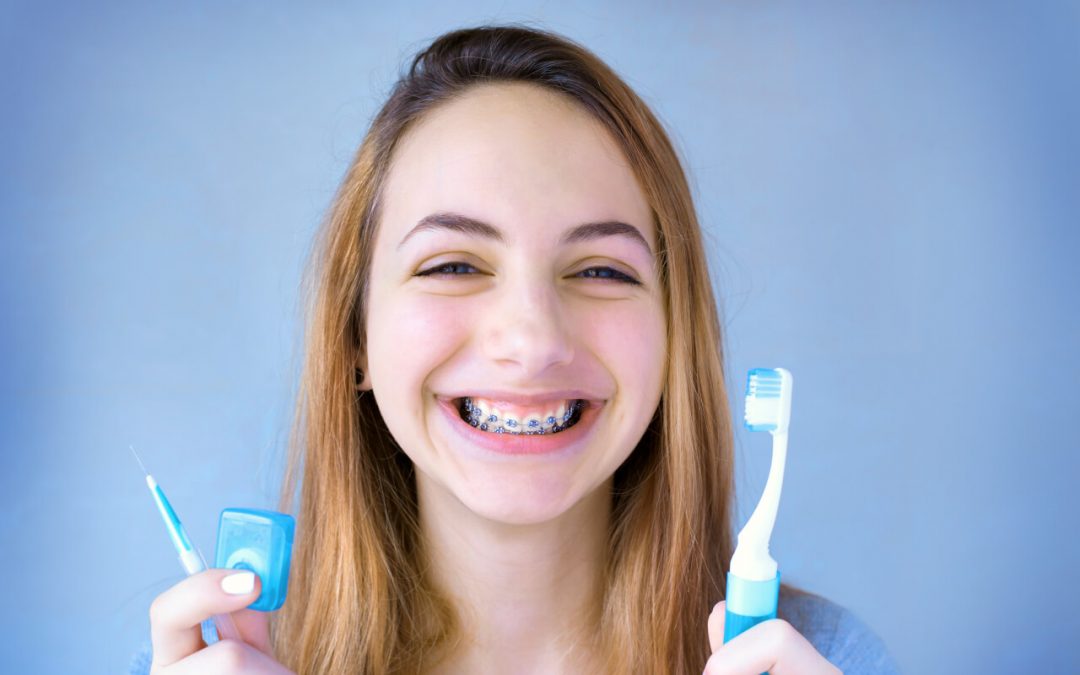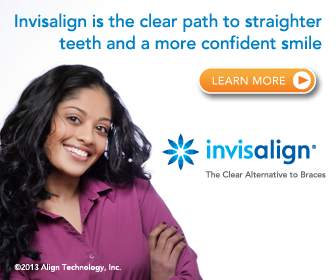
How to Get Braces for Your Teeth: A Comprehensive Guide
If you are one of the many people who need braces, you may be wondering how to get them. This comprehensive guide will tell you everything you need to know about braces, from what they are to how much they cost. We’ll also discuss the different braces available and how to choose the right one for you. So whether you’re a child or an adult, read on for all the information you need on getting braces!
How do I know if I need braces?
The first step is to consult with an orthodontist, who will assess your teeth and bite and determine whether or not braces are right for you. If they are, the orthodontist will develop a treatment plan tailored to your individual needs.
What are the different types of braces?
Many different types of braces are available, including metal braces, ceramic braces, and clear aligners (Invisalign). The type of brace right for you will depend on your situation. Metal braces are the most common type of brace, and they are usually the most affordable option. Ceramic braces are made of clear or tooth-coloured brackets and can be less noticeable than metal braces. Clear aligners (Invisalign) are virtually invisible and can be removed for eating, brushing, and flossing.
How much do braces cost?
The cost of braces will vary depending on your chosen type and the severity of your dental condition. Metal braces typically start at around $3000, while ceramic braces usually start at about $4500. Clear aligners (Invisalign) can cost anywhere from $4000 to $8000.
If you or your child needs braces, don’t worry! This guide will walk you through everything you need to know about getting them. Just remember to consult an orthodontist about developing a treatment plan that is right for you.
Do I need braces when my teeth are straight?
Sometimes, people may need braces even if their teeth are straight. This is because braces can also be used to treat other dental conditions, such as an incorrect bite or jaw alignment. If you’re unsure whether you need braces, the best thing to do is consult with an orthodontist. They will be able to assess your situation and determine whether or not braces are right for you.
Do I need to see an orthodontist?
The short answer is yes! You should consult an orthodontist before getting braces on your top and bottom teeth. They will be able to assess whether you need braces and develop a treatment plan that is right for you.
When should I get braces?
The best time to get braces is usually around age 12-14, when the permanent teeth have come in, and the jaw is still growing. This allows the orthodontist to treat problems early on and avoid more severe issues later on. However, adults can also benefit from braces, so don’t hesitate to consult with an orthodontist if you think you may need them. Thanks for reading! We hope this guide helped you learn more about getting braces.
How long will I need to wear braces?
The length of time you’ll need to wear braces will depend on the severity of your dental condition. In most cases, braces are worn for 12-24 months. However, some people may need to wear them for more extended periods. Thanks for reading! We hope this guide helped you learn more about getting braces.
What are the side effects of wearing braces?
The most common side effect of wearing braces is discomfort and soreness around the gums and teeth. This is usually mild and goes away after a few days. Other side effects may include difficulty eating and speaking and increased saliva production.
Is there anything I can do to make wearing braces easier?
There are a few things you can do to make wearing braces easier. First, start by slowly adjusting to the feeling of wearing them. This may take a few days or weeks. Once you’re used to them, you can try eating softer foods and using wax to cover any sharp edges. Finally, brush and floss regularly to avoid tooth decay and gum disease.
Six signs you need braces
If you’re not sure whether or not you need braces, here are six signs to look out for:
– Teeth that are crowded or overlap each other
– Teeth that stick out (protrude) beyond the rest of the teeth
– Teeth that are spaced too far apart
– An incorrect bite (when the upper and lower teeth don’t meet adequately)
– Jaws that make clicking or popping sounds
– Jaw pain or discomfort (TMJ/TMD) Thanks for reading! We hope this guide helped you learn more about getting braces.
Malocclusions and Why It Is Not Always an Obvious Condition
Most people think the only reason to seek out orthodontic treatment is for aesthetic purposes. However, there are many different reasons why someone might need braces, and not all are related to appearance. One common reason is malocclusion when the teeth are not aligned properly. This can cause problems with eating, speaking, and even breathing. If you think you may have malocclusion, be sure to consult with an orthodontist.
Types of Braces
Now that you know a little bit more about braces, let’s take a look at the available different types:
– Metal braces: These are the most common type of braces. They are made of high-grade stainless steel and are very strong.
– Ceramic braces: These are made of clear or tooth-colored ceramic, making them less visible than metal braces.
– Lingual braces: These are placed on the tongue side of the teeth, making them invisible from the outside.
– Invisalign: This is a popular alternative to traditional braces that uses clear, removable aligners instead of brackets and wires. Thanks for reading! We hope this guide helped you learn more about getting braces.
Tell me the difference between top and bottom braces?
The main difference between top and bottom braces is that top braces are placed on the upper teeth, while bottom braces are placed on the lower teeth. There are also a few other differences, such as the type of brackets used and the amount of force required to move the teeth.
If you have any additional questions about getting braces, be sure to consult with an orthodontist. They will be able to give you specific advice based on your case. Thanks for reading! We hope this guide helped you learn more about getting braces.
Pros and Cons of Top- or Bottom-only Braces
Top-only braces are less visible than bottom-only braces, but they can be more challenging to keep clean. Bottom-only braces are easier to keep clean but may be more visible.
There are a few pros and cons to each type of brace. Top-only braces are less visible but can be more challenging to keep clean. Bottom-only braces are easier to keep clean but may be more visible. Ultimately, deciding which type of brace to get is up to you and your orthodontist.
When should I start thinking about getting my child braces?
The American Association of Orthodontists (AAO) recommends that an orthodontist around seven see children. At this age, most children have a mix of baby and adult teeth, making it easier for the orthodontist to assess potential problems. However, every child is different, so be sure to consult with an orthodontist if you have any concerns.
Underbite
An underbite is when the lower teeth protrude in front of the upper teeth. An overbite is when the upper teeth protrude in front of the lower teeth. A crossbite is when one or more of the upper teeth bite on the inside of the lower teeth.
All three conditions can be corrected with braces. If you think you or your child may have one of these conditions, consult with an orthodontist.
What are some things I need to know before getting braces?
Before getting braces, there are a few things you should know:
– The average cost of braces ranges from $3000 to $5000.
– You will need to see the orthodontist for regular appointments to have your braces adjusted.
– Try to take special care of your teeth while you have braces, including brushing and flossing more carefully.
– Experiencing discomfort when you first get braces is normal, and should go away after a few days.
How do I know if my child has teeth that need braces?
The best way to know if your child has teeth that need braces is to consult with an orthodontist. They will be able to assess your child’s teeth and give you specific advice. However, there are a few signs that may indicate that your child needs braces:
– Crowded teeth or spaced too far apart
– Teeth that protrude or are misaligned
-Crowded or crooked teeth
– Teeth that bite together abnormally
It is difficult to brush and floss around crooked teeth, frequently biting on the tongue. If you notice any of these signs, be sure to consult with an orthodontist. Braces are not recommended for fractured or worn teeth. You may have straight teeth but still require braces due to bite issues.
What is the difference between an overbite and an underbite?
An overbite is when the upper front teeth protrude in front of the lower teeth. An underbite is when the lower teeth protrude in front of the upper teeth. A crossbite is when one or more of the upper teeth bite on the inside of the lower teeth.
All three conditions can be corrected with braces. If you think you or your child may have one of these conditions, consult with an orthodontist.
Do I need to see a dentist before getting braces?
Yes, you will need to see a dentist for regular cleaning and checkup before getting braces. During your appointment, the dentist will assess your dental health to see if you have crooked or crowded teeth and ensure they are healthy enough to withstand the treatment. You can visit Smiles First Dental in Northmead and ask them about their orthodontic services.
References:
https://www.webmd.com/oral-health/features/adult-braces-facts









 Tips in brushing your teeth with braces:
Tips in brushing your teeth with braces:
